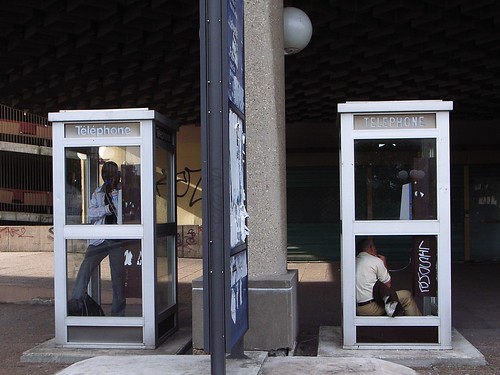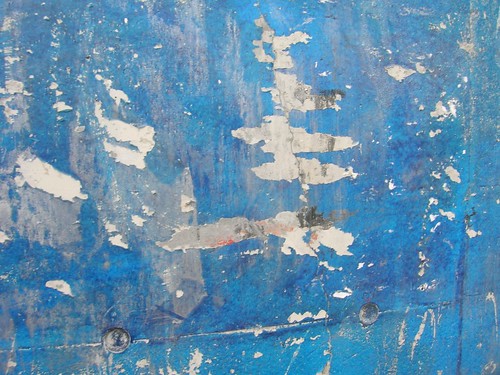Via Frédéric: Affective Diary is a project conducted by SICS and Microsoft Research by Kristina Höök, Martin Svensson, Anna Ståhl, Petra Sundström and Jarmo Laaksolathi, SICS, Marco Combetto, Alex Taylor and Richard Harper, Microsoft Research. This diary is based on a “affective body memorabilia” concept since it captures some of the physical, bodily aspects of experiences and emotions of the owner through body sensors, (and uploaded via mobile phone). Eventually, it forms "an ambiguous, abstract colourful body shape". These shapes can be made available to others and "the diary is designed to invite reflection and to allow the user to piece together their own stories.

The usage scenario is described as follows:
"In Affective Diary users carry bio sensors that capture for example movement, skin temperature, galvanic skin response and pulse. Activities on the mobile phone is also captured, sent and received SMSs, Bluetooth presence, photos taken with the camera and music that you have listened to during the use. The user carries the sensors, for example, during a day, in the evening at home the data is downloaded into a tablet PC and the user’s day is represented in Affective Diary as an animation, where the data is shown. The bio data is visualised as characters with different body postures and colours, representing movement and arousal. The data from the mobile phone is graphically represented and clicking on the different representations makes it possible to read SMS-conversations, view other Bluetooth units and photographs and hear the music again. There is also the possibility to scribble in the diary and the characters representing bio data can be changed, both the body posture and the colour. The Affective Diary aims at letting users relive both the physical parts of their experiences as well as the cognitive parts."

Why do I blog this? what I find intriguing (and new) here is that, compared to existing projects (such as Bio-Mapping by Christian Nold) the "history" feature is taken into account (as shown maybe by the picture above). In a sense, it's interesting to think about how an history of physicological reactions/emotions can be turned into a design object. This is not only interesting in mobile context but also in terms of objects interactions. How would an object register emotional content. Thinking about Ulla-Maaria's project, it would be curious to add this emotional component (especially about object created by oneself)











